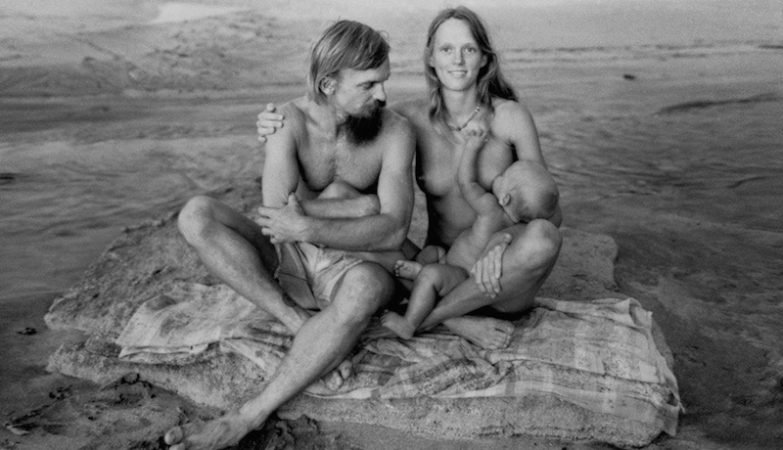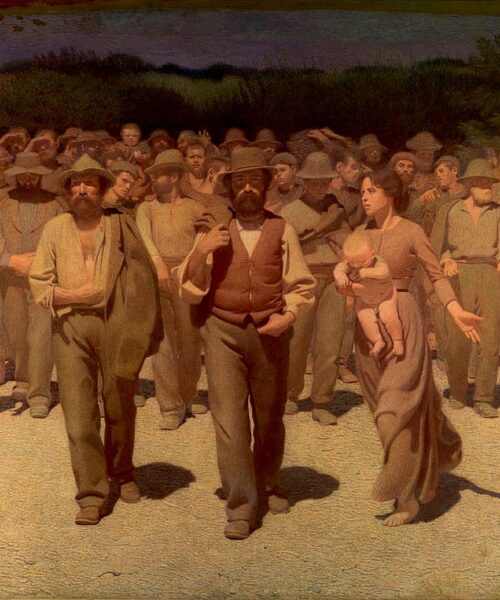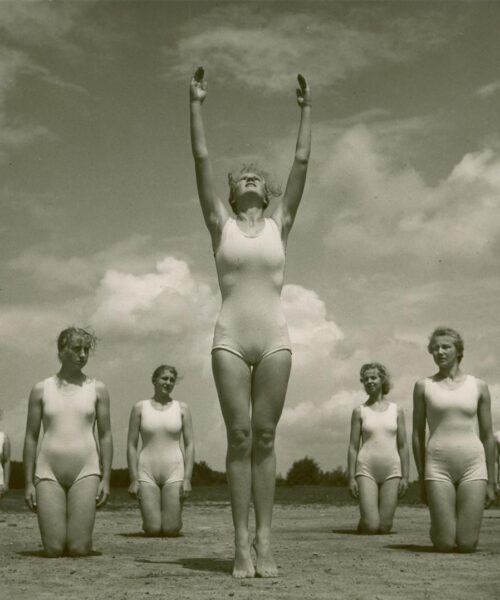One of the most radical manifestations of freedom and nonconformity in hippy movements was the adoption of naturism and the challenge to sexual and gender taboos. These communities, aiming to shed social and cultural constraints, embraced an open and unrepressed expression of the body and sexuality. In theory, these practices aimed to create a climate of acceptance and liberation, where every individual could freely live and express their identity and desire.
But utopia, as often happens, clashed with reality. Not all individuals felt comfortable with these practices, which could seem invasive or destabilizing. Power dynamics and social asymmetries didn’t simply disappear because the community decided to ignore them. In fact, in the absence of clear rules and respect for personal boundaries, new forms of coercion and exploitation could even emerge.
Respect for personal boundaries, in particular, became a significant issue. In the absence of shared and stable norms, matters of consent could become confusingly ambiguous, creating potential situations of abuse. While some people thrived in this climate of seemingly limitless freedom, others felt exposed and vulnerable.
The attempt of hippy communities to break down sexual and gender taboos offers us a valuable lesson. Sexual freedom and gender expression are noble goals, but they cannot disregard the respect for personal boundaries and mutual consent. The utopia of naturism and sexual liberation, as envisioned by hippy communities, may seem shattered, but the struggle for free and respectful expression of sexuality and gender continues.












